If we make a summary of the autonomous driving industry in 2021, there is a phenomenon that is particularly obvious-autonomous driving mass-produced models equipped with lidars are appearing on the market one after another. The status of lidar as "the core essential sensor of autonomous driving perception system" has been widely accepted by the industry.
However, on the issue of the number of lidars installed, various car companies seem to be caught in the "involution", if you carry three, he will carry four...
Lidar is essential for autonomous vehicles, but is more really better? The answer is probably not a simple yes or no.
01
After the explosive growth of the industry in 2021, almost all types of car companies have raised the importance of lidar to a level that is almost the same as the "cornerstone indicators" of cars such as battery life. Whether it is the new car-making forces who have been struggling in the market for many years, who are not so "young", or the more "old-fashioned" traditional passenger car manufacturers, or even high-end luxury sports car brands, they are not exempt.
Because of its excellent perception ability, LiDAR has become the absolute focus of the current auto companies on the "involution" of the configuration of the autonomous driving perception system. The new round of autonomous driving "arms race" around lidar is also becoming more and more intense.
At the beginning of the new year, a new car manufacturer announced with a high profile that its first mass-produced model equipped with lidar will be delivered in batches in the spring of 2022. Earlier, an autonomous driving brand owned by a traditional car company directly wrote a powerful copy of "less than 4, please don't talk" in the product announcement materials to emphasize its The outstanding advantages of autonomous vehicles in lidar.
After autonomous driving enters the L3 stage, lidar has become an indispensable key accessory in the eyes of the autonomous driving industry. In the mouth of car companies, the number of lidars has also become an important indicator to measure the performance of an autonomous vehicle.
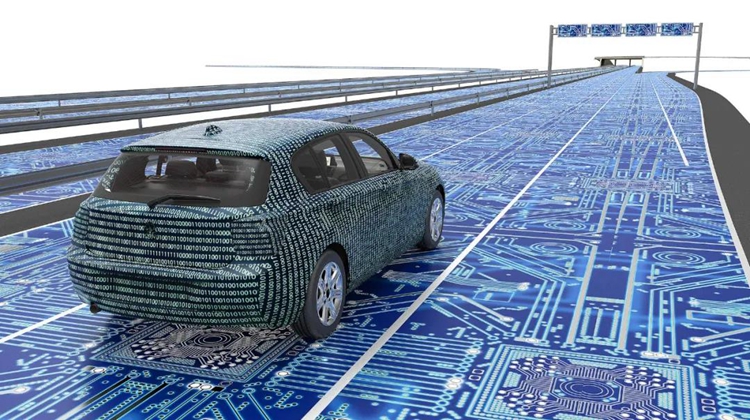
In theory, the more the number of sensors, the wider the coverage of the car's perception system and the stronger the perception effect.
But the size of each car is always limited and fixed, and even considering the perspective of God, the coverage of the perception system is no more than 360° at most. As a product that needs to be tested by consumers in the market, is it realistic and cost-effective to use "uncapped" stacking materials to improve the perceived performance?
The answer is no, LiDAR is not the more the better for self-driving cars.
02
First of all, it should be clear that although lidar plays a vital and indispensable role in the perception system of high-level autonomous vehicles, lidar is not the whole of the perception system.
Looking at the sensor configuration solutions of various L3-level autonomous vehicles that have been released on the market. In addition to lidar, cameras, millimeter-wave radar, and ultrasonic radar also all have a place.
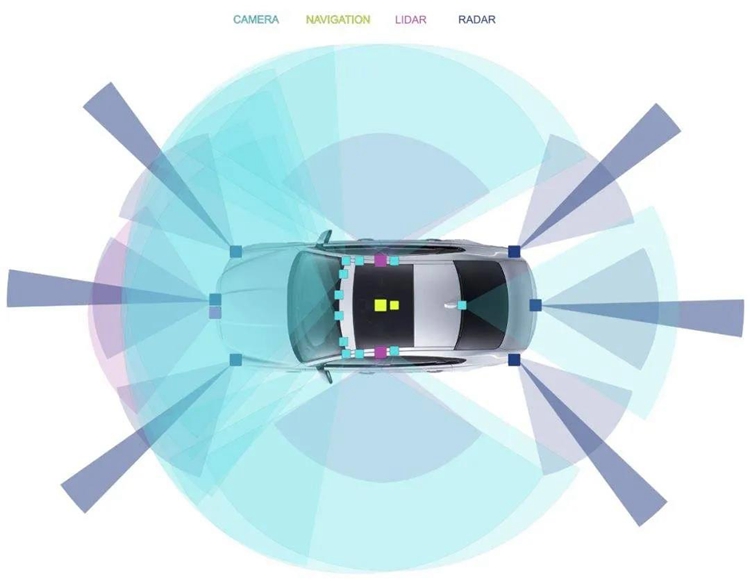
Similar to sensors such as millimeter-wave radar and ultrasonic radar, the working principle of lidar is: irradiate the target by emitting a sensing medium and receive its echo, thereby obtaining the distance from the target to the emission point, and the rate of change of distance (radial velocity) , bearing, altitude and other information.
The high-frequency laser of the sensing medium emitted by lidar makes lidar naturally have better sensing performance than other sensors.
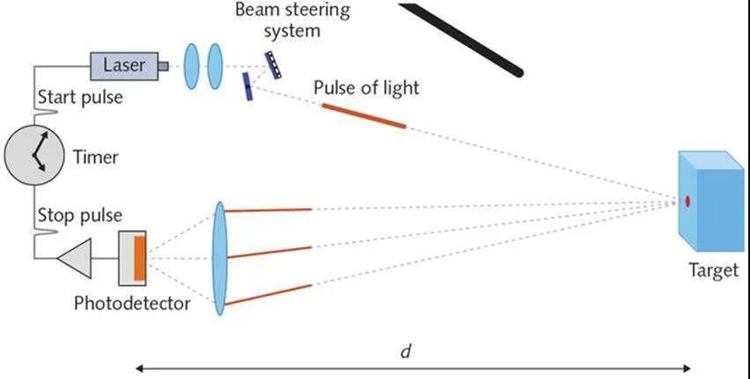
Take the vehicle-grade solid-state lidar C-Fans-256 independently developed by Surestar as an example: as the latest product in Surestar’s navigation product line, C-Fans-256 has a high resolution of 0.1°×0.1° , and is the world's first 256-wire vehicle-grade solid-state LiDAR product, with outstanding sensing performance. At the same time, as a vehicle-grade product, C-Fans-256 has passed ISO16750, a total of 31 tests in 9 categories, and can ensure stable operation of the equipment in various harsh environments and climates.
However, there are still some deficiencies in lidar, such as the collection of high-frequency laser remote location point information is not dense enough, and the reflectivity of high-frequency laser cannot distinguish different obstacles of the same material.
Cameras and millimeter-wave radars have mature technologies and high resolution, but the former has a limited field of view and no depth value information, while the latter is significantly affected by atmospheric attenuation and absorption, making it difficult to accurately and continuously model obstacles during driving. Although ultrasonic radar has extremely high detection accuracy, it has obvious shortcomings in ranging and can only meet the perception needs of specific scenarios such as automatic parking.
It can be seen that the organic integration of various sensors and the mutual learning from each other is the "right way" for the autonomous driving perception system.
At the current stage when it has become an industry consensus to build an autonomous driving perception system based on sensor fusion, the installation location has also become one of the reasons why the number of lidars is not the better. Whether it is mounted horizontally or installed obliquely, even if it adopts a "retro" roof layout, no matter what solution the car company chooses, most of the lidar products on the market currently only need a few pieces to achieve no dead ends. Area coverage.
C-Fans-256 with an all-round field of view, relying on its excellent perception ability, provides high-speed, dynamic and complex real driving environment requirements for large-scale long-distance area monitoring and automatic driving difficult scene vision. Solid and reliable support.
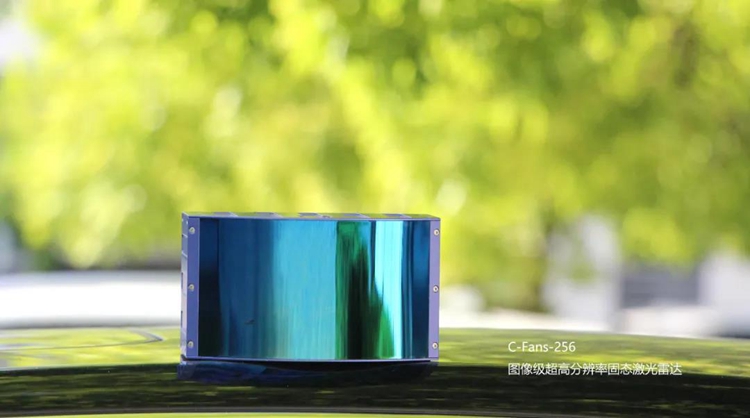
As the so-called "use a sledgehammer to crack a nut", for mass-produced autonomous vehicles, it can meet the perception needs in the road environment, and can cover difficult scenes in real driving, so that the perceptual advantages of lidar can be fully utilized. . Blindly increasing the number may not be the best solution.
The same is true from a cost perspective. Although the price of lidar has benefited from technological progress and the increasing maturity of the industrial chain, it is no longer high, but it is still the "cost center of gravity" among various sensors required for autonomous driving. And the rich data collected by lidar requires a lot of computing power. Too much lidar means that more chips are needed to solve the data, resulting in cost out of control.
Further, as a vehicle that needs to be actually driven on the road, maintenance is a topic that cannot be avoided no matter what. However, lidar integrates a large number of precision optoelectronic components, and the probability of failure is higher than that of purely mechanical structural components existing in a large number of vehicles. Even with proper use and maintenance, as the mileage increases, the need for repair or even replacement will inevitably arise.
Although outstanding domestic and foreign lidar manufacturers such as Surestar have built a complete technical support and after-sales service system in the process of long-term intensive research and development of technical products. However, if there are too many lidars in a car, end consumer users will still pay a lot of money but could save most of the bill due to occasional failures.
03
While more is not always better, the importance of lidar to self-driving cars is undeniable. If autonomous driving wants to develop to a higher level, until it realizes the popularization of unmanned driving in a full sense, it is inseparable from the "eye of autonomous driving" of lidar.
Without the participation of lidar, the sensor fusion of the autonomous driving perception system often needs to take a more difficult road if it wants to be comprehensive and without shortcomings.
Taking the fusion scheme based on camera and millimeter-wave radar as an example, although millimeter-wave radar can effectively make up for the problem that the original data collected by the camera does not have depth value information, the target resolution of millimeter-wave radar is very low, and even in some scenarios The size and outline of the target cannot be determined, only the "visible" problem can be solved.
This makes it difficult to achieve deep integration between the two until further breakthroughs are made in the visual perception algorithm. It can only play a role in specific directions such as target speed measurement and trajectory tracking. It cannot well meet the overall requirements of the perception system in the real driving environment.
Lidar has obvious advantages in ranging range and environmental adaptation. The image-level ultra-high-resolution solid-state lidar C-Fans-256 developed by Surestar can accurately capture the position point information of vehicles and pedestrians at a distance of 200m.
In addition, the power consumption of C-Fans-256 is only 16W, and the burden on the overall system of the vehicle is extremely light. Combined with its complete vehicle-type design and the natural strong anti-interference ability of high-frequency lasers, it can fully guarantee It ensures the stable work of the autonomous driving perception system in various road conditions and weather environments.
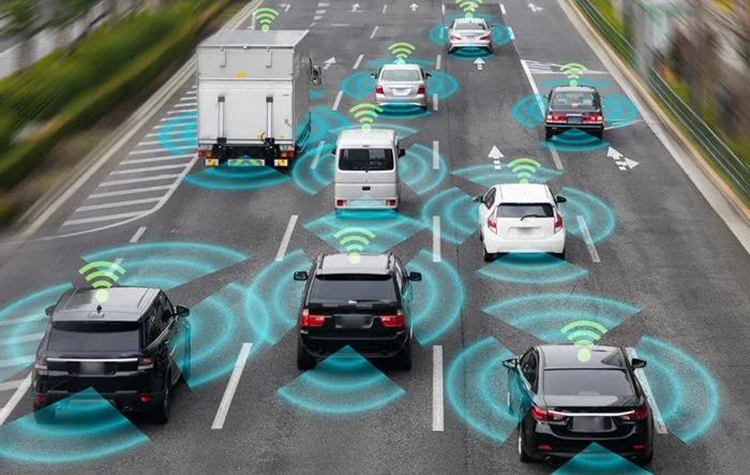
All in all, in the autonomous driving perception system, lidar is more suitable to exist as a "leader", and its significance comes more from the advantages of perception performance rather than quantity. Only by better exerting the ability of "eyes of autonomous driving" can we solve the pain points in the evolution of autonomous vehicles and popularize the winning trump card in the unmanned journey as soon as possible.

